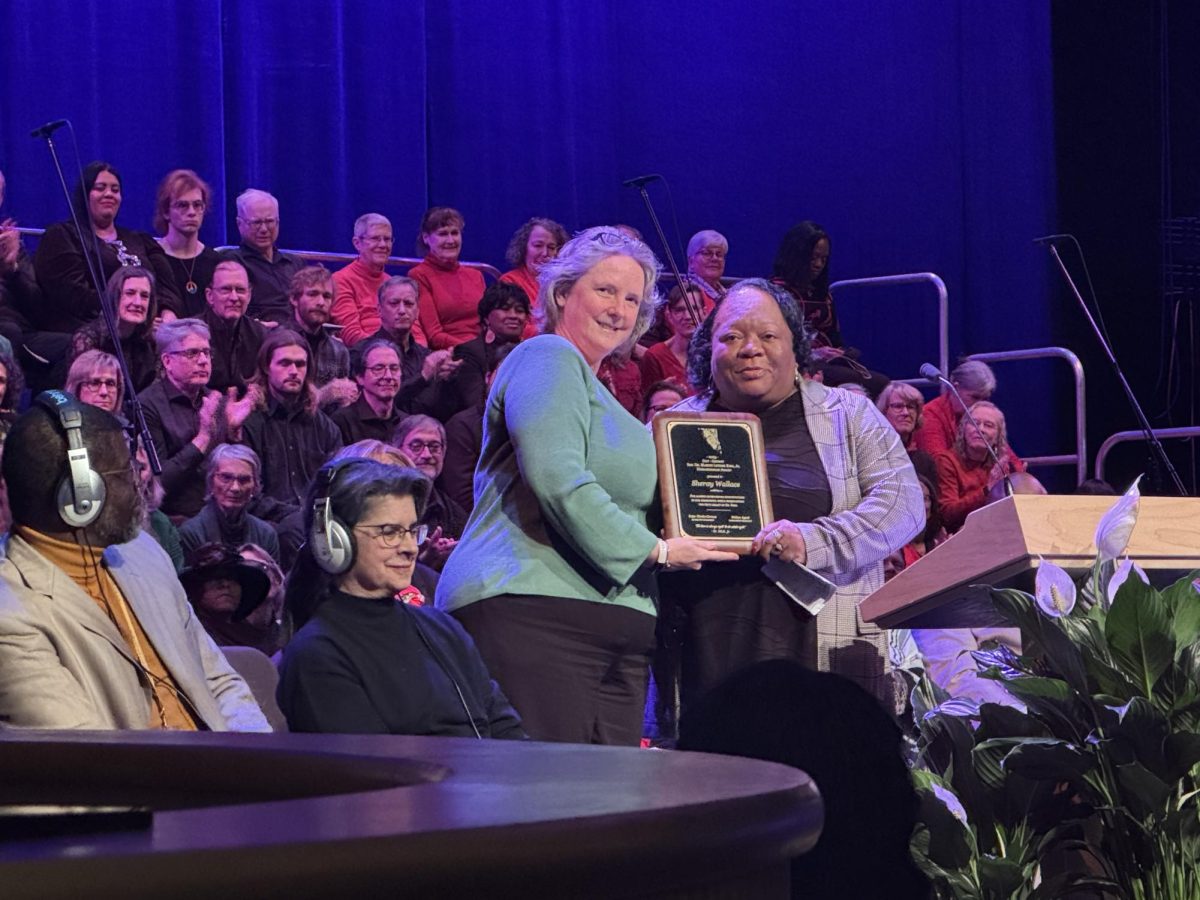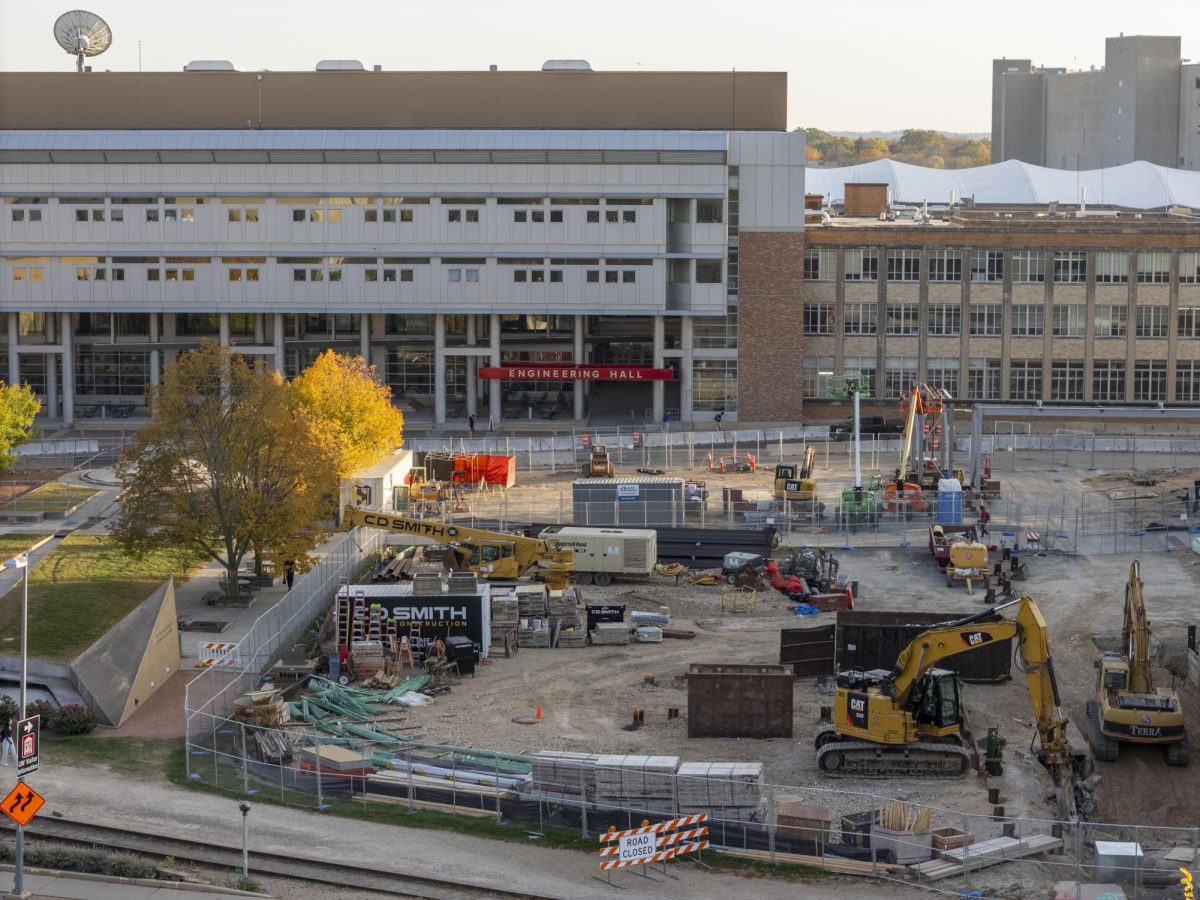
While most students were spending their month-long winter break relaxing after finals or catching up on sleep, a group of University of Wisconsin professors and graduate students completed construction of the world’s largest neutrino observatory at the South Pole.
After a decade of planning and building, the IceCube Neutrino Observatory in Antarctica was completed both within budget and on schedule.
The scientific collaboration consisted of 35 institutions in seven countries, including Canada, the United Kingdom, Germany and Belgium, contributing to research. UW served as the lead institution in designing and constructing the instrument.
Professor Akif Baha Balantekin of the UW physics department said neutrinos are harmless particles created by decaying elements in the core of the Earth, stars as they live and die, and even human bodies.
“Stars and supernovae emit neutrinos with rather low energies. The IceCube Neutrino Observatory is searching for sources of very energetic neutrinos in the cosmos,” Balantekin said. “Such sources have not yet been identified, but if they are found they will help us understand the structure of the cosmos.”
He also said UW is regarded as a world leader in the study of neutrino physics.
Professor Francis Halzen said the most difficult aspect of construction was the actual process of drilling the equipment into the ice on a strict budget and timeline.
Workers drilled optical sensors between 1,450 and 2,450 meters into the ice. At these depths, the sensors can trace when a high-energy neutron hits a water atom and produces a small flash of blue light.
“It was a two-decade roller coaster ride with episodes where we were convinced that we failed to breakthroughs where we couldn’t believe our luck,” Halzen said.
Halzen said the support of the preexisting research infrastructure operated by the National Science Foundation at the South Pole was essential for the logistics of deploying a sophisticated instrument in a remote, hostile environment.
IceCube has also already provided the world with new research information because data on neutrinos was collected even as construction was underway.
Balantekin said this research, as well as all other scientific research, enhances our life and culture.
“Take the basic research that went on 150 years ago on electromagnetism and light,” Balantekin said. “At that time it seemed like only an intellectual curiosity when a Scottish physicist named Maxwell eventually figured out how it works … now many things in our daily life like computers, cell phones, digital cameras and the internet use those basic principles.”
In addition to IceCube, UW has two other neutrino experiments taking place in China and Italy. These experiments focus on researching the changes in antimatter as the universe has evolved.
“One expects that there were about the same amount of matter and antimatter at the beginning. What happened to that antimatter is great mystery that neutrinos may help us unravel,” Balantekin said.
UW will continue to oversee the neutrino observer’s operation and carry on data collection after reaching a five-year, $34.5 million agreement with the U.S. National Science Foundation.













